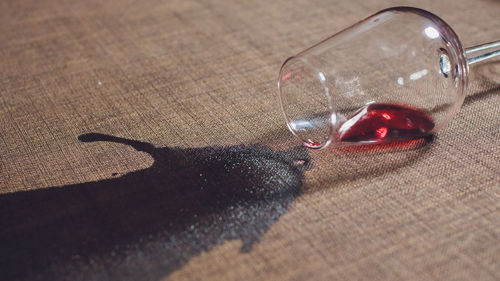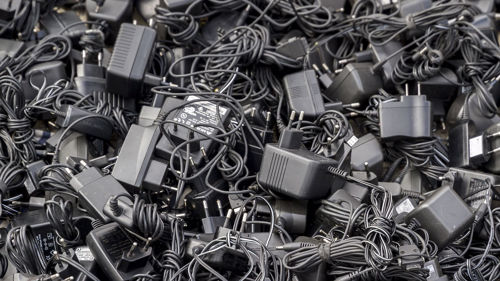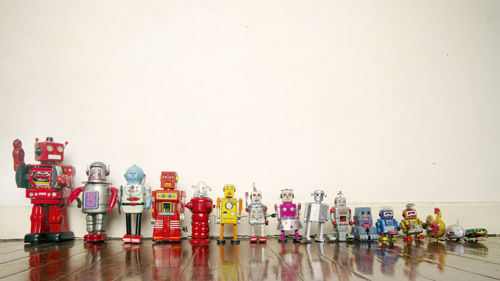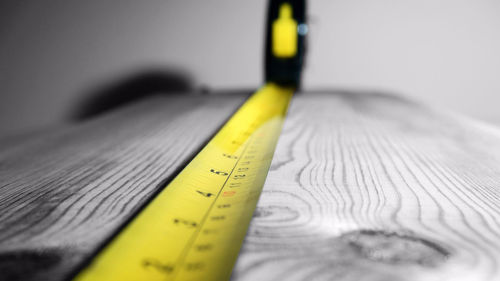If you’ve ever walked through a Home Furniture location, you’ve likely noticed how the sofas, chairs, beds, and dressers are set up, just waiting for you. There’s a real science behind those set ups, and they are designed to make your life easier.
1. It’s a Small-Scale Look at Your New Living room (or bedroom or dining room)
That’s right, the stores may not have the exact square footage of your home, but the pieces are placed so you may “picture” them in your space. “I have a degree in design and 30 years of experience,” explains Home Furniture designer, Katherine Langham. “How I pair the pieces with lamps and rugs is meant to make the customer’s shopping experience easier. It gives them a real picture of what it could look like.” Katherine says she even makes sure some sofa sets are placed against walls because she knows that is the configuration in many homes. The idea is to give you a real sense of space.
2. Rugs are Quick and Easy
You know the rugs that accompany almost all displays? Well, Katherine says those are fun and easy to coordinate. She says that designers are there to help pull those final touches together to coordinate your perfect room.
3. Designers Will Find the Perfect Side Table
“I will walk around the store with the salesperson and customer to find the perfect table. We can pick and choose if the customer has something different or special in mind,” says Katherine.
She explains that while she may choose a certain sofa table or side table to display, that doesn’t mean she won’t help you find something special and unique for your space!
4. “I Will Find it”
Katherine says if there is an item that the customers can describe or a certain color they have in mind, she’s the one to call. She can help people who have an idea of what they want, but don’t have an exact picture in their mind. “I have catalogs, and we can order something special just to make sure it’s exactly right.”
The Home Furniture design team is there to help the customer and sales people make the stylish choices that will shape the perfect space.






























